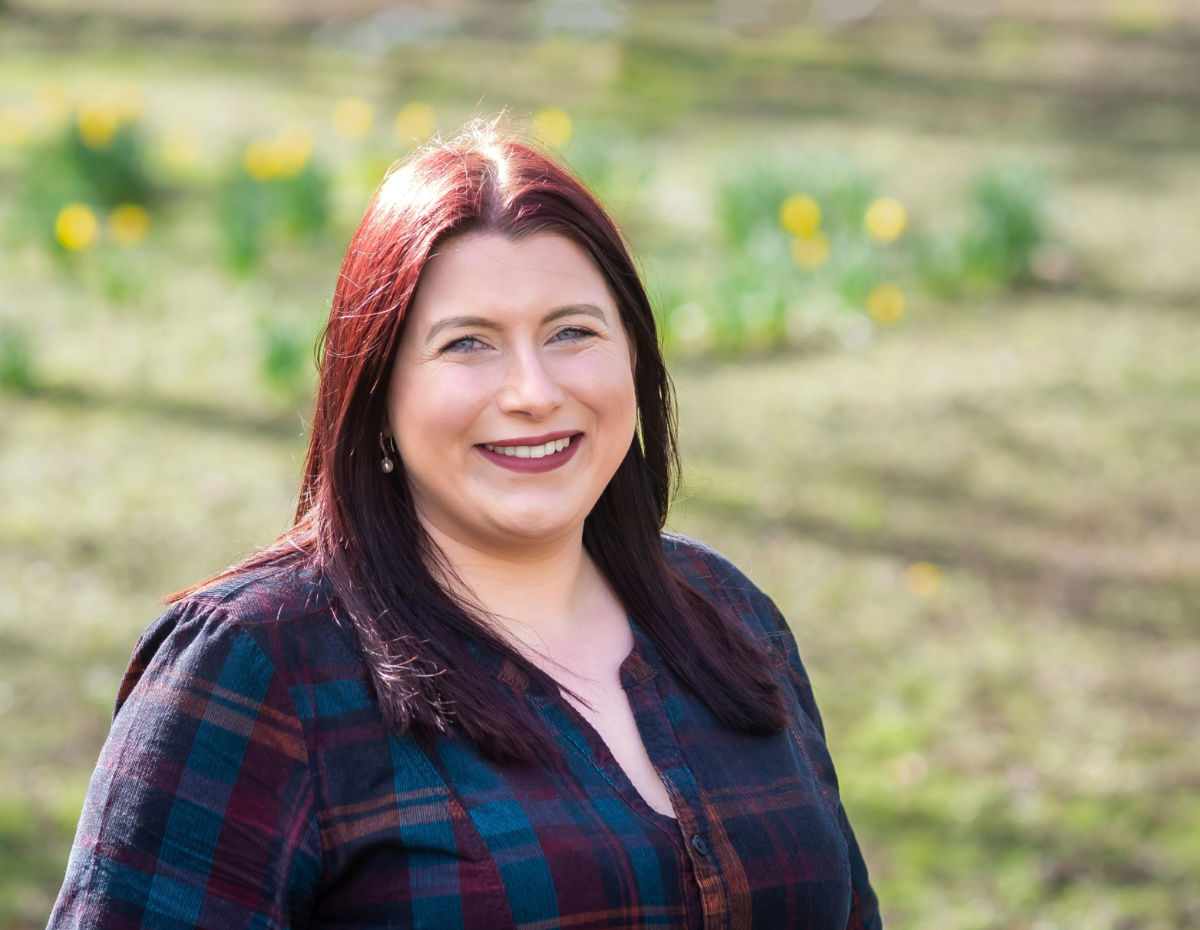A PROPOSED new school for children with Special Education Needs and Disabilities (SEND) is being designed with innovative energy-saving and environmentally-friendly features.
The project to create a purpose-built facility for pupils with SEND near Selby in North Yorkshire is progressing.
The much-needed facility will be designed to provide support for children with a range of disabilities and special needs. It is proposed the school will cater for up to 100 pupils, potentially aged three to 19, in Osgodby, just outside Selby.
The free school will be designed to be net zero carbon in operation and built to the latest green standards.
This will include a biosolar green roof which helps purify the air, regulates indoor temperatures, encourages biodiversity, and saves energy. Inside the building, hot water and heating energy demand will be reduced by energy-saving ground, or air, source heat pumps. Solar panels, cross ventilation and good access outdoor green space are some of the other sustainable features to be included.
The new free school signifies a major investment in SEND education in the county, which is being funded by the Department for Education (DfE), along with investment from North Yorkshire County Council.
Now that the feasibility study has completed and investment agreed, DfE can begin the process of appointing a contractor to design and deliver the building project. As the scheme progresses, information will be shared with the public and feedback will be invited through a planned public consultation process. Further details for interested stakeholders and the wider public will be available in due course.
The Wellspring Multi Academy Trust, was appointed last year to be the academy sponsor and has been working with the DfE and the county council to identify the requirements of the school.
With rising demand for special education, there is a pressing demand for a new school in the Selby district.
There are currently 4,146 children and young people in North Yorkshire with Education, Health and Care (EHC) plans, as of the end of June 2022. This is a 131 per cent increase on the same point in 2015.
Based on this trend the number of children and EHC plans is expected to be more than 5,500 by 2025.
The greatest areas of increase are in pupils with identified communication and interaction needs and children with identified social, emotional, and mental health needs.
Currently, 2.5 per cent of the 0 to 25 population in North Yorkshire currently have an EHC plan funded by the county council, slightly less than the national rate of 2.7 per cent as of 2022.
However, there has been a 131 per cent increase in North Yorkshire EHC plans between January 2015 and January 2022, the increase nationally has been 97 per cent in the same period.
North Yorkshire County Council’s executive member for education and skills, Cllr Annabel Wilkinson, said:
We have been looking to bring a school for children with Special Education Needs and Disabilities to the Selby area for some time.
Many children in the area face significant journeys to reach a suitable school each day. The creation of a new facility will enable them to go to school in their community and with their friends, which will also bring benefits to their social and emotional wellbeing.
It will also enable them to be part of community events and to prepare for adulthood in their own area.
Overall, the proposed new SEND school in Selby represents a rare opportunity to create a bespoke, high-quality special education facility for young people which is much-needed in this area of North Yorkshire.
Shaun Kiernan, head of capital at Wellspring Multi Academy Trust, added:
This is a great step forward in the development of Selby’s much-needed new special school. More specialist provision for SEND pupils is required across the country and this project will bring great benefits to the community in and around Selby.
At Wellspring, we take our environmental and sustainability responsibilities very seriously. The eco credentials of the new school’s design mean that as well as delivering superb teaching provision, it will be a cutting-edge example of how school buildings can support the green agenda.







